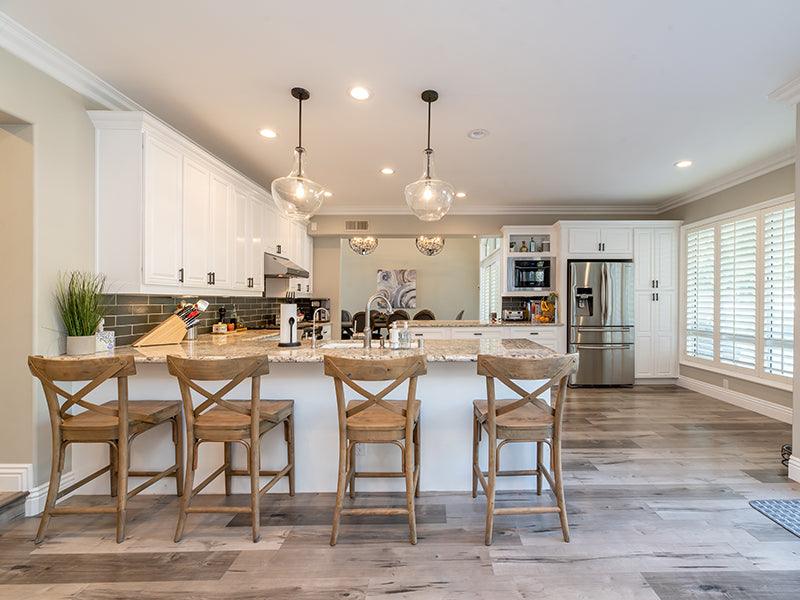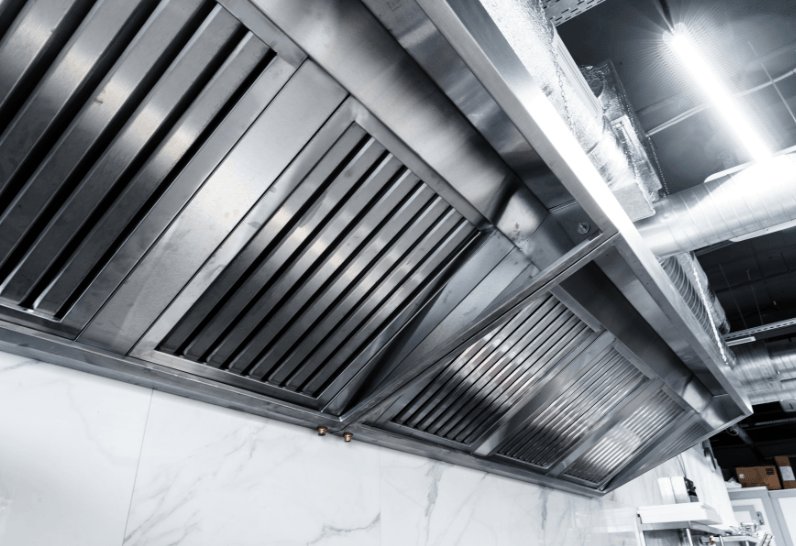The kitchen is the heart of every home, where delectable aromas and mouthwatering dishes come to life. However, behind the scenes of culinary magic, an often overlooked culprit may silently be wreaking havoc – poor kitchen ventilation. Inadequate ventilation can lead to a plethora of issues that affect not only our health but also the overall quality of our indoor environment. In this blog post, we will delve into the various adverse effects of poor kitchen ventilation, emphasizing the significance of this often-neglected aspect of kitchen design.
-
Health Implications: One of the most critical concerns associated with poor kitchen ventilation is the detrimental impact on our health. Inadequate ventilation can lead to the accumulation of harmful pollutants, including volatile organic compounds (VOCs), carbon monoxide (CO), nitrogen dioxide (NO2), and particulate matter (PM). These pollutants are released during cooking processes such as frying, grilling, and baking, and can cause respiratory problems, eye irritation, headaches, and allergies. Prolonged exposure to such pollutants can even result in chronic respiratory conditions and increase the risk of cardiovascular diseases.
-
Indoor Air Quality: Poor kitchen ventilation directly affects the overall indoor air quality of our homes. Without proper airflow and ventilation, odors, smoke, and excess moisture generated during cooking can linger in the air, causing unpleasant smells and a damp environment. This can lead to the growth of mold, mildew, and other bacteria, resulting in respiratory issues and potential allergic reactions. Moreover, high humidity levels can damage wooden furniture, cabinets, and even compromise the structural integrity of the building.
-
Fire Hazard: Inadequate kitchen ventilation can create a potentially dangerous situation by increasing the risk of fires. When smoke, grease, and airborne particles are not properly removed from the cooking area, they can accumulate on surfaces, including kitchen cabinets, countertops, and range hoods. The accumulation of grease residue can ignite, leading to uncontrolled fires and potentially catastrophic consequences. Proper ventilation systems, such as range hoods, are essential in mitigating this risk and maintaining a safe cooking environment.
-
Energy Efficiency: Poor kitchen ventilation can have a significant impact on energy efficiency within the home. When there is no proper ventilation system in place, excess heat generated during cooking can build up, leading to discomfort and the need for increased air conditioning usage. This results in higher energy consumption and utility bills. By implementing efficient ventilation systems, heat and cooking byproducts can be effectively removed, reducing the load on cooling systems and improving energy efficiency.
-
Cooking Comfort and Enjoyment: An inadequately ventilated kitchen can significantly affect our cooking experience and overall enjoyment in the culinary realm. Excessive heat, steam, and strong odors can make cooking uncomfortable and unappealing. Additionally, the presence of smoke and lingering odors can quickly spread throughout the home, affecting other living spaces and leaving a lasting impact on our overall well-being. Adequate kitchen ventilation not only ensures a comfortable cooking environment but also enhances the pleasure of preparing meals.
In conclusion, the importance of proper kitchen ventilation cannot be overstated. From health implications and indoor air quality concerns to fire hazards, energy efficiency, and cooking enjoyment, the effects of poor kitchen ventilation permeate various aspects of our lives. Recognizing the significance of a well-ventilated kitchen and implementing appropriate ventilation systems is crucial in safeguarding our health, ensuring a clean indoor environment, and maximizing our overall cooking experience.





Leave a comment
All comments are moderated before being published.
This site is protected by reCAPTCHA and the Google Privacy Policy and Terms of Service apply.